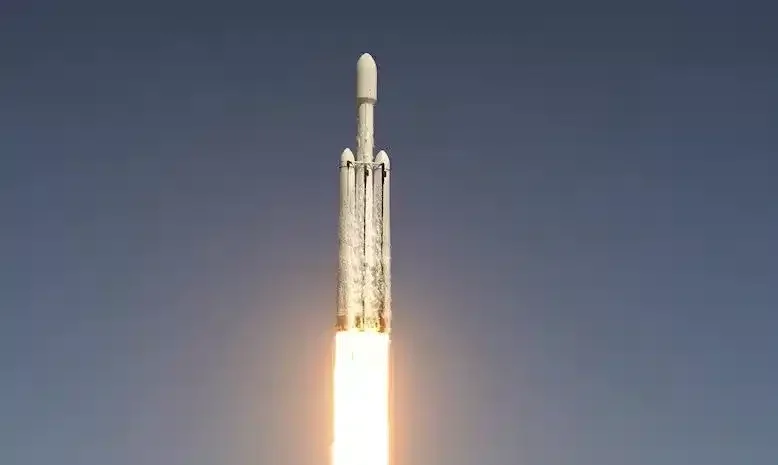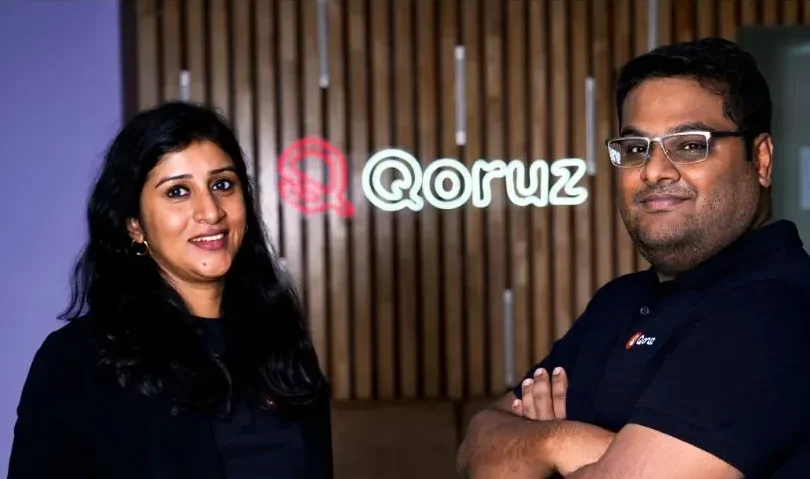In a major reorientation of its international supply chain strategy, Apple Inc. has increased its production activities in India. In the last fiscal year, it produced an estimated ₹1.83 lakh crore ($22 billion) worth of iPhones, a 60% jump from the previous year. The shift can soon make India the iPhone manufacturing capital of the world.
This dramatic shift underscores Apple’s accelerated diversification away from China, driven by both geopolitical tensions and evolving trade dynamics. According to government sources, a substantial portion, valued at nearly ₹1.5 lakh crore ($17.4 billion) of these India-assembled iPhones have been exported, with the United States emerging as the primary destination.
India : The New iPhone Manufacturing Capital
India’s increasing status as a major player in the global electronics production base has been influenced by the mix of policy push and enhanced investor confidence. At the anchor is the government’s “Make in India” dream, three prime suppliers to Apple – Foxconn, Tata-controlled Wistron, and Pegatron have stepped up Southern India operations. These units are now critical clusters in Apple’s supply chain, making close to 20% of the Cupertino company’s entire iPhone production.
This transformation comes at a time when the United States, under the administration of President Donald Trump, introduced a fresh wave of tariffs on several Chinese imports earlier this year. In response, Apple ramped up its exports from India, leveraging the country’s favorable trade position and emerging infrastructure.
Policy Support and Strategic Gains
Apple’s India operations have benefitted from the Production-Linked Incentive (PLI) scheme and other targeted subsidies for electronics manufacturing. The government recently unveiled a ₹22,500 crore incentive package to further support component production and semiconductor manufacturing, two critical pillars in Apple’s supply chain evolution.
While Apple’s base in India is growing, the company still remains heavily reliant on China for high-value components. Analysts suggest that transitioning even 10% of production capacity away from China could take up to eight years, given the entrenched nature of supplier relationships and ecosystem depth in the region.
Tata’s Expanding Footprint
One of the central facilitators of this transformation has been the Tata Group acquisition of Wistron’s India unit and growing engagement with Pegatron. Such indigenous industrial support is assisting with infrastructural gaps and readiness among workforce, which allows for localization of Apple’s supply chain processes with greater ease.
Export Powerhouse in the Making
India’s role isn’t just limited to manufacturing for domestic consumption. With hundreds of tonnes of iPhones airlifted to international markets, especially the U.S.-India is fast emerging as a strategic export hub for Apple. According to Bloomberg estimates, one in every five iPhones shipped globally originates from Indian soil.
Sales of iPhones drove Apple’s India revenue to ₹66,000 crore ($8 billion) in FY24, despite the company holding only 8% of the Indian smartphone market. This increase in revenue shows how popular the brand is becoming in the premium market, especially as Indian consumers’ aspirations rise.
The Pivot
Even though Apple’s Indian pivot is a turning point moment, work continues to be ahead. Making local component supply more robust, beefing up the logistics system, and geopolitically, establishing stability will prove vital in terms of building and maintaining such a pace. Nonetheless, India’s transformation as the world manufacturing destination is now a reality plan under way.
Also Read: Apple Discontinues These 3 iPhones After iPhone 16e Launch























